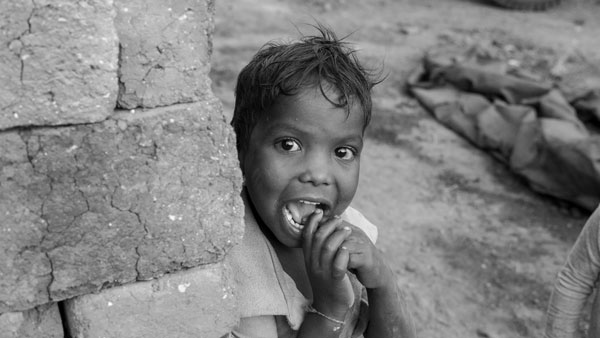The war in Sudan leads to the worst famine

[A young girl in Sudan. Photo Credit to Unsplash]
On April 14, 2025, just days before the two-year anniversary of Sudan’s civil war, over 200 civilians were killed when the Rapid Support Forces (RSF) launched a devastating attack on a refugee camp near El Fasher in North Darfur.
This tragic event has brought more attention to Sudan's deteriorating humanitarian crisis, showing the urgent need for global intervention as millions of people in Sudan continue to face famine, displacement, and severe shortages of medical care.
The crisis continues to escalate daily, yet remains largely overlooked by the international community.
According to the United Nations (UN), famine has been confirmed in five regions across Sudan.
Over 24.6 million people, which is more than half of the country’s population, are currently experiencing food insecurity, uncertain of when they will have their next meal.
In 2024, the ongoing conflicts displaced over 12 million people from their homes.
The humanitarian emergency has particularly affected children.
At least 20% of Sudan’s children are severely malnourished, meaning their bodies are not receiving the food and nutrients essential for growth and survival.
Without adequate nutrition, children become increasingly susceptible to diseases that are otherwise preventable and potentially fatal.
The civil war has systematically destroyed agricultural infrastructure and markets.
Militia groups target farming communities and agricultural land.
This had rendered food production and distribution nearly impossible.
In some areas, severe food shortages have driven people to theft for survival.
Food prices have gone up, placing basic nutrition beyond the reach of countless families.
On top of the war, Sudan faces severe climate challenges.
Sudan is highly vulnerable to both short-term and long-term climate change impacts.
Rising temperatures, floods, and prolonged dry seasons are drastically undermining food production.
These climate changes make it increasingly difficult for farmers to grow crops and sustain their communities, with the ongoing war worsening these environmental challenges.
The conflict has also targeted medical infrastructure.
In many parts of Sudan, approximately 70–80% of hospitals are no longer operational.
They have been either destroyed or lack medicine, doctors, and essential supplies.
As a result, many people cannot access medical care when needed.
Diseases are spreading rapidly in crowded refugee camps, especially among children and the elderly.
By September 2023, over 2.5 million people had died from hunger-related causes.
Even though international organizations are trying to monitor the situation, the famine crisis keeps getting worse.
In December 2024, over half of Sudan’s population remained in crisis.
This crisis echoes Sudan’s troubled past.
In the early 2000s, during the Darfur conflict, more people died from hunger than from violence.
In 2024, Sudan allowed some aid trucks to enter from Chad, over 300 in four months, but this assistance is grossly inadequate.
Today, more than 26 million people in Sudan require urgent humanitarian help.
Sudan’s crisis extends beyond national borders, illustrating the devastating consequences when war, hunger, and climate problems converge without adequate international attention.
Millions in Sudan continue to suffer from hunger, displacement, and illness, while the international community remains largely silent.

- Howon Jeong / Grade 9
- Saint Johnsbury Academy Jeju

![THE HERALD STUDENT REPORTERS [US]](/assets/images/logo_student_us.png)
![THE HERALD STUDENT REPORTERS [Canada]](/assets/images/logo_student_ca.png)
